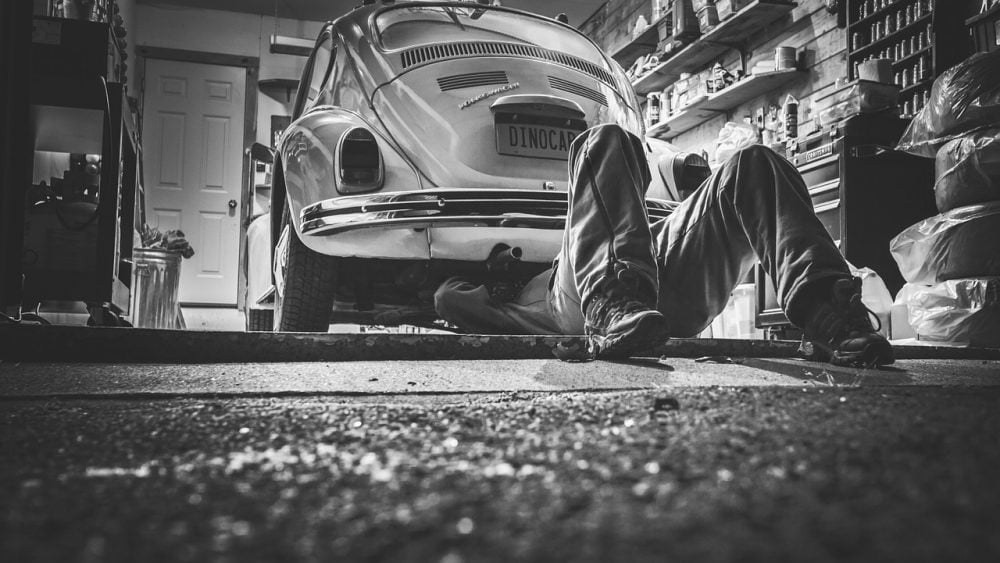Working with engines carries a risk of injury including cuts, scrapes, bruises, chemical burns, burns, strains, inhalation of toxic fumes, entanglement injuries from rotating parts, shocks, and back injuries. Many injuries during engine repair or maintenance can be avoided and are frequently due to inexperience or improper/inattentive work practices.
Injuries sustained during engine repair or maintenance vary in severity, most will heal over time, perhaps leaving a scar. However, acute or chronic injuries can be long lasting and prevent you from working or doing other activities you enjoy. Strains caused by overexertion while lifting objects such as engine parts, wheels, and accessories, along with strains from the awkward bending or twisting postures sometimes necessary to reach some engine parts are the most common causes of acute or chronic injury.
Costs
Lower back injuries account for almost 30% of injuries that require time away from work. The estimated impact in health-care related expenses, lost productivity, and disability are staggering. The average cost of a lower back associated compensation claim is over $8,000 (USD), more than double the cost of the average injury claim.
Prevention
- Assess the risks associated with all work tasks and improve procedures if possible. Lifting and work equipment provided should be suitable for intended use.
- Customize training for each role. Include basic instructions in how to prevent poor body positioning and posture related injury.
- Exercise, a healthy body can handle unexpected stresses better than one lacking exercise.
- Improve workplace layout and equipment to minimize body stress and tasks that involve uncomfortable body positions
- Report symptoms such as neck or back pains early. “Working through” back or neck pain can lead to long-standing injuries, reporting an injury early can be the difference between a short recovery and long term permanent disability.
Mechanical Devices
When working with vehicles, there are a number of mechanical devices that are already widely in use, including cranes, lifting hooks, and tools powered by compressed air. There are, however, a number of other devices that aren’t as commonly used including pads, body tables, and hoists. Mechanical devices help take the strain off of you, make use of them when possible and always ensure they’re working properly and safely before use.
The cost of preventive measures such as updated or improved equipment is much lower than the impact of losing an employee, stay safe out there!


Comments are closed.